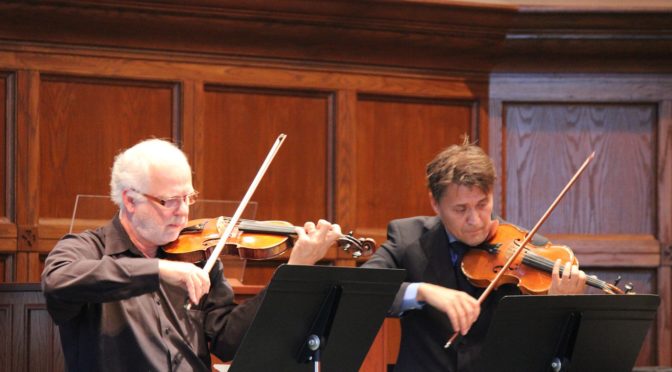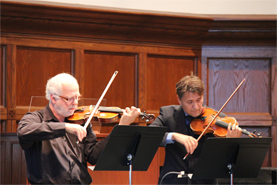 by Michael Manley, Director AFM Touring/Theatre/Booking and Immigration Division and Assistant to the President
by Michael Manley, Director AFM Touring/Theatre/Booking and Immigration Division and Assistant to the President
Welcome to the 2015 International Musician special section on the AFM’s Touring, Theatre, Booking and Immigration Division. In my work as this division’s director, I intersect with nearly every facet of the professional music industry—not only those in the US and Canada, but musicians from all over the world. With so many words and commas in our division name, the only thing that doesn’t cross our desks is boredom. Here’s a partial list of what my hard-working staff and I are up to:
- Negotiating and administering touring agreements for theatrical, circus, and pop musicians.
- Assisting locals in organizing theatrical and “pick-up” orchestra work in their jurisdictions.
- Conducting on-site union meetings with touring AFM musicians and bands.
- Evaluating foreign musicians and groups seeking to enter and work as artists in the US.
- Advising and advocating for musicians traveling with musical instruments as carry-ons.
- Representing the AFM national and touring theatre musicians within the coalition of Broadway unions and guilds.
In any one workday, we might come in contact with a symphony orchestra, an African drumming ensemble, a touring Broadway show, or a star’s back-up band. Just as our work brings a diverse array of challenges, it also touches nearly every musician regardless of genre or instrument. Whether your instrument is a trumpet, banjo, or violin, your concerns about transporting it as an in-flight carry-on are the same. Whether you are “on the road” playing Mozart or metal, you want to know where the great after-show eats are. And from the circus to The Sound of Music, musicians need overtime and travel protections in their employment contracts.
In this issue, we take an in-depth look at the life of a touring musical theatre conductor, as the new Beautiful tour launches. We also feature a “how to” on negotiating overscale pay, and an update from our Canadian colleagues on US-Canadian Border-crossing concerns. We hear from the Theatre Musicians Association, and finally we wish “Happy Trails” to the traveling musicians of the Ringling Gold Circus.
We in the Touring, Theatre, Booking and Immigration Division are grateful to connect with such a wide variety of our AFM professional musicians, as well as the community of international musicians. It gives us a unique bird’s-eye perspective on music as a whole. Join us on Facebook, at the “AFM On the Road” page, for day-to-day updates from the traveling musician community.














